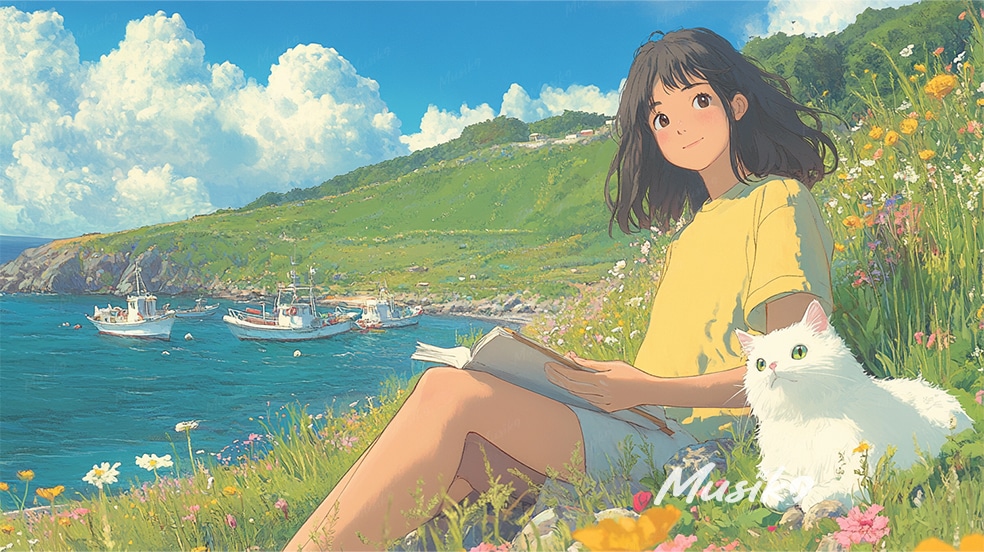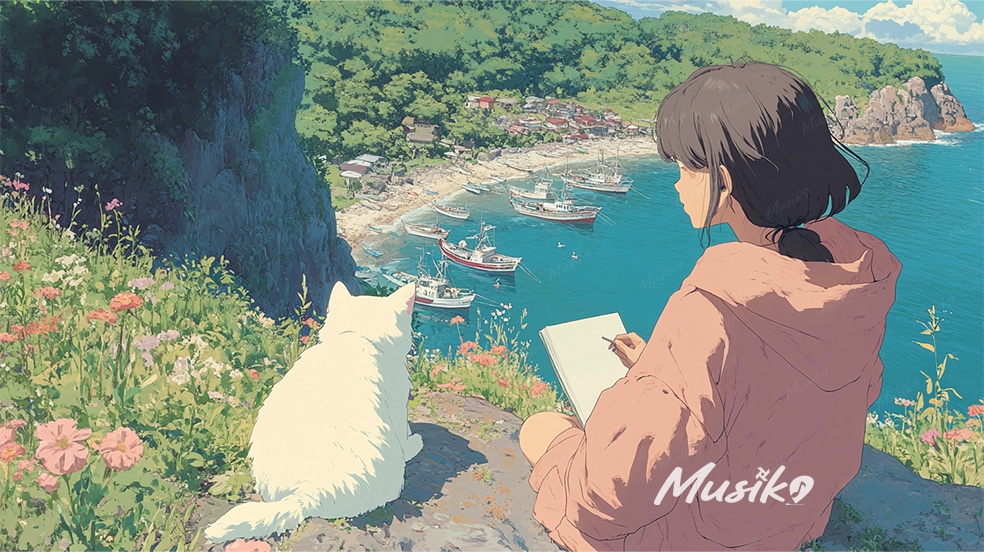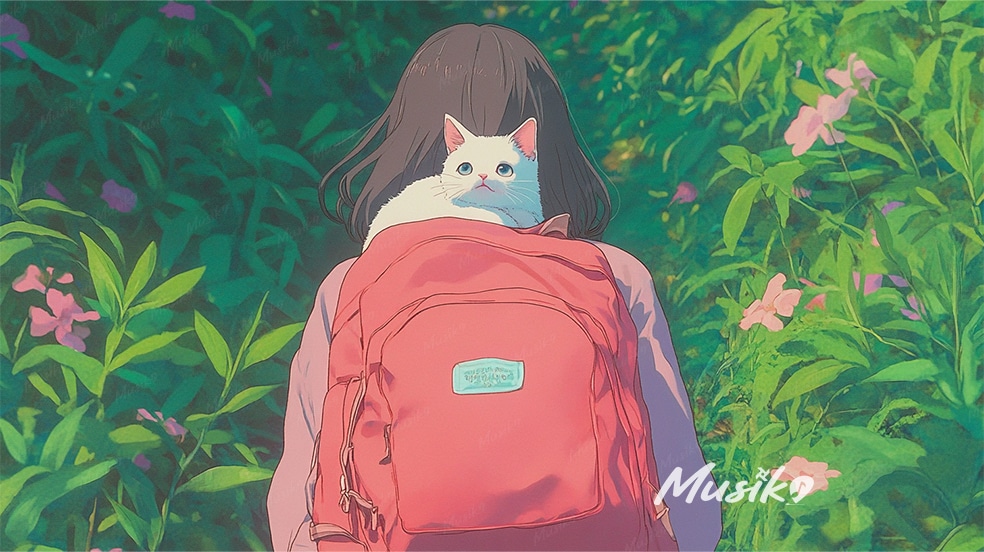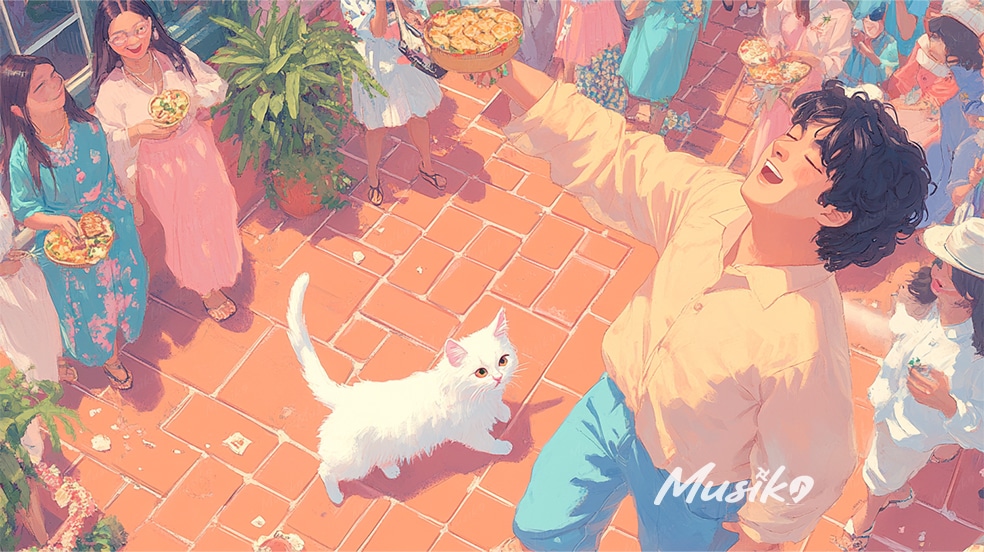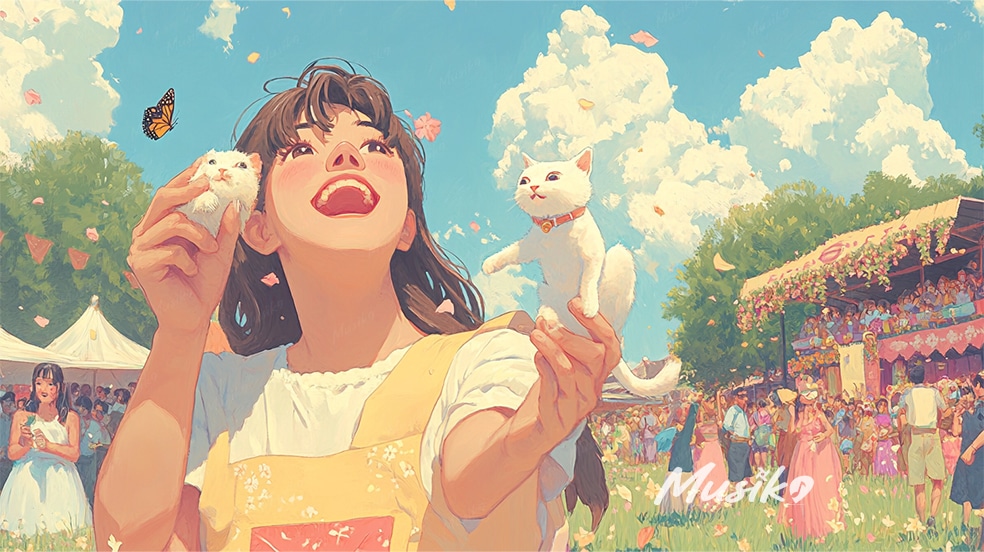🌴 Bongabong
Welcome to Bongabong, Oriental Mindoro – a peaceful paradise where mountains meet the sea, history whispers from ancient ruins, and the rich culture of the Mangyan tribes proudly thrives. If you’re hunting for a destination that combines natural wonders, local charm, and a splash of tradition, this coastal municipality is calling your name.
📍 Where Nature and Heritage Collide
Bongabong is nestled between lush mountains and the clear waters of the East Mindoro coast. It’s one of the oldest towns in Oriental Mindoro, tracing its roots back to the 17th century. Home to scenic rivers, waterfalls, and fertile farms, it remains a sanctuary for those seeking off-the-beaten-path adventures and quiet relaxation.
🏛️ Must-Visit Landmarks and Attractions
- Kuta Bongabong (Fuerza de Bongabong) – A Spanish-era watchtower built to protect locals from pirate attacks. It’s a treasured historical site and one of the oldest ruins in Mindoro.
- Bongabong River and Subaan River – Ideal for river trekking, swimming, and bamboo rafting. The surrounding jungle offers great eco-tourism potential.
- Mount Iglit-Baco National Park (entry point nearby) – Though based in southern Mindoro, Bongabong serves as an access point for nature lovers hoping to spot the tamaraw, a rare and endangered buffalo native to the island.
- Maluanluan Falls – A hidden waterfall surrounded by wild flora, perfect for trekking and a refreshing dip.
- Coastal Beaches – The town’s shoreline offers peaceful beach spots with stunning sunrises facing the Pacific.
🎭 Culture and People
Bongabong is home to both lowland Mindoreños and Mangyan indigenous communities, especially the Hanunuo Mangyan. These groups preserve their own language, script (surat Mangyan), and cultural customs. Visitors can witness their craftsmanship in handwoven textiles and beadwork, adding authenticity to every travel encounter.
🗣️ Language
Filipino and English are widely spoken, but you’ll also hear Hanunuo-Mangyan dialects in the upland communities. Locals are warm, humble, and always ready to share a smile and a story.
🍲 Local Cuisine to Savor
Get a taste of authentic Mindoro flavors:
- Sinaing na Tulingan – Slow-cooked tuna in kamias and salt.
- Pako Salad (Fern Salad) – A refreshing native dish often served with salted egg and tomatoes.
- Banana Chips – One of Bongabong’s booming agricultural products.
- Fresh seafood – Straight from Bongabong Bay, expect grilled squid, fish kinilaw, and crab dishes.
🎉 Festivals to Celebrate
- Bongabong Foundation Day and Bongabong Festival (April) – A vibrant celebration of history, culture, and unity, with street dances, cultural exhibits, and Mangyan showcases.
- Mangyan Day (February) – Honoring the cultural heritage of the Hanunuo Mangyan people with traditional games, music, and rituals.
🎶 Music and Arts
Expect rhythmic drum beats during festivals, tribal dances in Mangyan rituals, and local youth strumming acoustic guitar in seaside gatherings. The arts scene blends Spanish, Filipino, and indigenous influences into everything from murals to folk instruments.
🌾 What Bongabong is Known For
- Historic ruins (Kuta Bongabong)
- Mangyan culture and crafts
- Organic farming and agricultural lands
- River trekking and waterfalls
- Being a quiet, cultural gateway to South Mindoro’s eco-tourism sites
🧳 Final Thought
Whether you’re a culture buff, eco-tourist, or simply seeking tranquility by the sea, Bongabong, Oriental Mindoro offers a raw, refreshing slice of Filipino life. It’s more than just a stopover, it’s a soulful experience waiting to unfold


